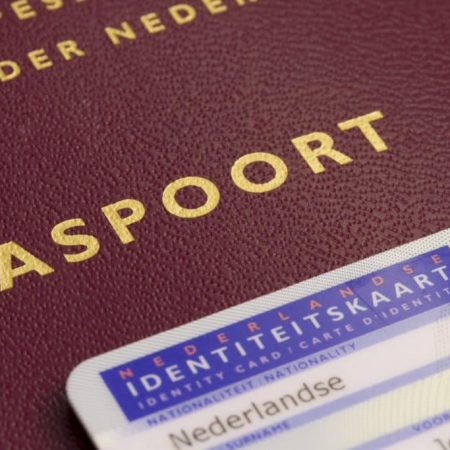ID R&D argues for passive liveness detection in new white paper
Passive liveness detection methods, like that of ID R&D’s IDLive Face, can contribute not only to lower user friction, but higher accuracy and lower customer application drop-off rates, according to a new white paper from the company.
‘Single-Frame Facial Liveness Detection: How it Works to Reduce User Friction and Abandonment’ is a free 11-page report arguing for passive liveness detection as the superior method of facial presentation attack detection (PAD).
The report breaks down the differences between active and passive liveness detection, suggesting that the additional friction imposed by active systems does not prevent them from being defeated by paper masks with cutouts for the eyes and mouth of the face being presented.
ID R&D argues that the advantages of passive liveness detection include the lack of need for user education or instruction, the lower complexity of solution design, support and maintenance, the low burden on user and communication interfaces, and the smaller amount of data transmitted. The use of the same step as for face matching also reduces the opportunity for attackers, the report says. Attackers may not even be aware that they have been subjected to single-frame passive liveness detection.
The white paper covers how passive liveness detection technology works, including how neural networks spot screen replays and printed copies of faces, with the latter analyzing image color to find those “out of gamut” of printed material.
The effect that lower friction in identity verification has on customer acquisition is discussed, with ID R&D contending that the introduction of friction can also drive bona fide presentation classification error rates (BPCER, a measure of how often legitimate users are rejected) higher.
A case study from an ID R&D customer which found the completion rate for applications by new customers rose from 60 percent to over 95 percent which it switched from active to passive liveness.
Document liveness case study shows major improvement in fake detection
Internal research from the company indicates that adding document liveness checks to identity verification processes can reduce fraud by up to 42 percent. This is the finding of an unnamed ID R&D customer, described as “large” and “global.”
Several of ID R&D’s partners have found that document spoofs are more common in their system than anticipated, according to the announcement.
The customer in this case ran a test of nearly 100,000 images, passports and ID cards from different countries, which included fakes identified by professional analysts. The rate at which legitimate documents were rejected did not change materially, while the number of fraudulent documents accepted decreased by 42 percent.
IDLive Doc was launched by ID R&D just a few months ago, and the company explained the application of the concept of liveness checks to identity documents in a sponsored post on Biometric Update.







